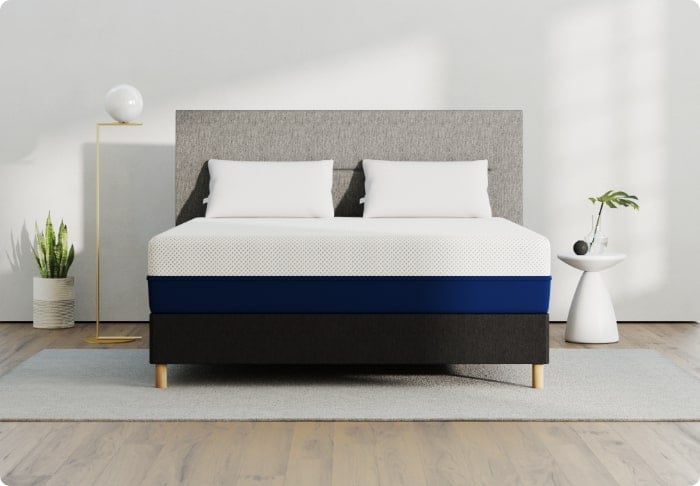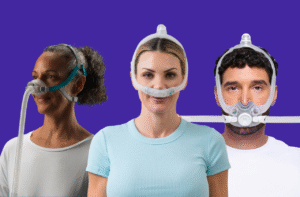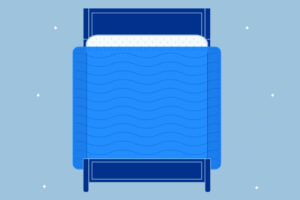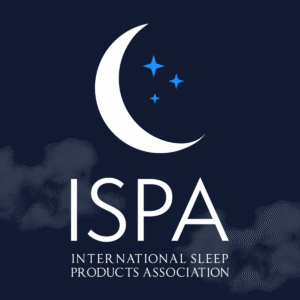Distant Employees Are Napping In the course of the Day: Here is How It Impacts Work
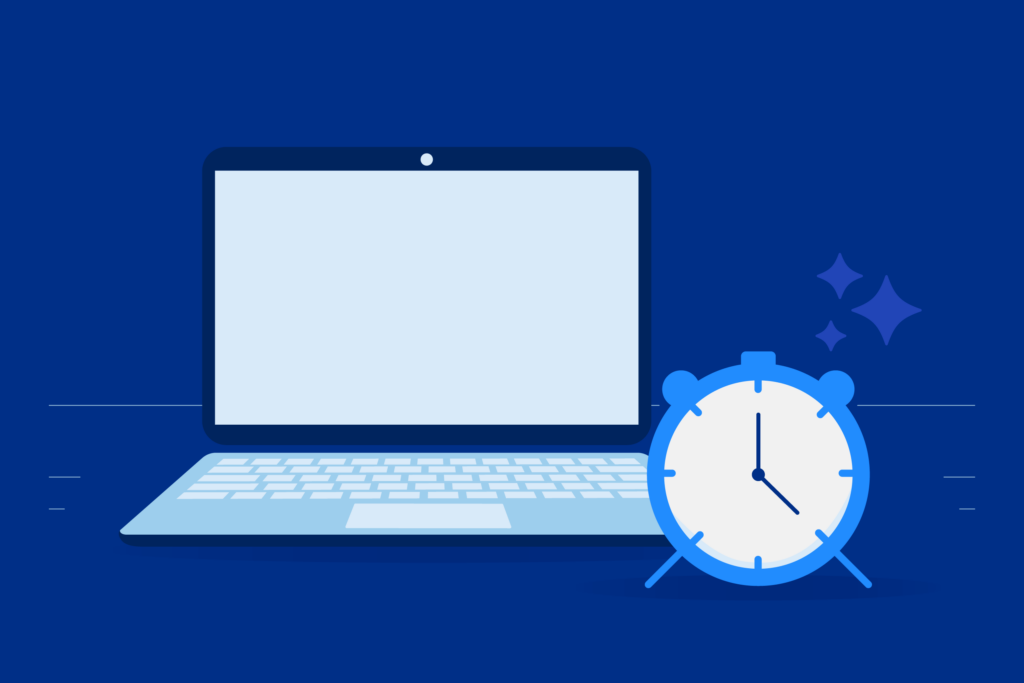
Napping at work may sound like a luxurious, however for almost half of at the moment’s distant workforce, it’s an everyday behavior. With versatile schedules and residential places of work because the norm, daytime naps have discovered their means into work hours greater than ever earlier than.
To know how this pattern is shaping productiveness, stress ranges, and job satisfaction, we surveyed 1,002 distant and hybrid staff. The information reveals stunning generational variations, attitudes amongst management, and what some workers are prepared to surrender for a bit additional relaxation.
Key Takeaways
- 48% of distant staff are napping on the clock, losing a median of 1.3 hours per week or 68 hours a 12 months (9 full work days!).
- Managers (53%) are extra probably than workers (48%) to confess to napping throughout official work hours.
- Practically 1 in 8 distant staff would quit PTO, and 9% would sacrifice a 4-day workweek only for the prospect to nap throughout the day.
- 58% conceal their napping from their boss, with 1 in 5 placing pretend conferences on their calendar as a canopy.
- Regardless of their efforts to cover it, 1 in 10 distant staff have been caught napping throughout work hours.
- 73% of office leaders consider distant staff ought to be allowed to nap throughout work hours so long as they meet their deadlines.
How Widespread Are Noon Naps?
Whereas the three p.m. hunch has all the time existed, distant work has allowed extra individuals to relaxation on the clock, and lots of are making the most of this.


Practically half of distant staff (48%) admitted to napping throughout official work hours, clocking a median of 1.3 hours of nap time per week. This frequent shut-eye provides as much as 68 hours per 12 months or the equal of 9 full workdays. Most distant staff (51%) want to nap in mattress, whereas others go for the sofa (32%) or just their desk chair (10%).
Generationally, Gen Z led, with 58% saying they nap throughout the day, dropping an estimated 74 hours yearly. Millennials adopted at 51% (64 hours), and Gen X was subsequent at 39% (61 hours).
This pattern was stronger in sure industries than in others. Advertising and marketing and finance professionals topped the record, with 59% in every discipline reporting they nap throughout the day. Hospitality/meals (54%), training (53%), and retail/e-commerce (51%) staff weren’t far behind.
Apparently, managers had been barely extra probably than their workers to nap throughout work hours (53% versus 48%). And plenty of are going to nice lengths to maintain their naps below wraps.
A majority (58%) mentioned they conceal their napping from their boss, with 1 in 5 even faking calendar occasions to make it appear to be they’re busy.
Nonetheless, the key doesn’t all the time keep hidden, as 1 in 10 distant staff mentioned they’ve been caught napping on the job.
The Hidden Price of Noon Naps at Work
Naps could increase vitality, however they’re not with out trade-offs for some staff. Right here’s a comparability of how nappers and non-nappers view elements of their work and life.


A stunning variety of distant workers are open to sacrificing different advantages for the liberty to nap throughout work. When requested which office perks they’d ditch for every day naps, the highest responses included:
- Staff pleased hours or social occasions (45%)
- Free snacks or espresso (40%)
- Wellness stipends (15%)
- Paid break day (12%)
- A 4-day workweek (9%)
When requested what number of PTO days they’d be prepared to surrender annually for a office that actively helps noon napping, almost two-thirds mentioned no less than one. One other 37% had been prepared to surrender two days, and 20% mentioned they’d hand over three. For a lot of, relaxation appears extra priceless than camaraderie, caffeine, and even trip time.
Management Ideas
As distant work tradition continues to evolve, office leaders are adjusting their expectations and, in some instances, even encouraging relaxation.


Nearly all of managers (73%) mentioned they assist the thought of workers napping throughout work hours, so long as they meet their deadlines. Whereas this flexibility may need as soon as appeared radical, it’s turning into a extra extensively accepted a part of distant work life.
Some leaders are going past tolerance, with 1 in 6 saying they actively encourage their groups to take naps. This sentiment is very sturdy within the advertising business, the place 31% of office leaders promote napping throughout the day.
That mentioned, not all sectors are on board. In authorities roles, 60% of leaders mentioned they discourage or view daytime napping as unprofessional, making it essentially the most nap-resistant discipline within the survey.
Who Is Snoozing and What It Is Costing
Napping has develop into a quiet norm for a lot of distant staff, mixing relaxation into the rhythm of the workday. Some say it helps them focus and recharge, whereas others exit of their method to hold it below wraps.
Even leaders are cut up, with some encouraging naps and others nonetheless seeing them as unprofessional. For many who do nap, being intentional about timing and making a restful setting could make all of the distinction.
FAQs
How can I take an influence nap successfully?
To take an efficient energy nap, goal for 20-Half-hour to keep away from falling into deep sleep, which might trigger sleep inertia and grogginess upon waking. Create a snug setting by dimming lights, decreasing noise (or utilizing white noise), and discovering a snug place that works for you.
Set an alarm to make sure you don’t oversleep, and contemplate consuming a small cup of espresso proper earlier than your nap (known as a “espresso nap”) since caffeine takes about 20-Half-hour to kick in, doubtlessly enhancing the refreshing results of your energy nap.
The place ought to I nap whereas working from dwelling?
The best napping location whereas working from house is a quiet, snug area away out of your predominant work space to create psychological separation between work and relaxation. Your mattress can work nicely in the event you don’t have bother waking up afterward, however a sofa, recliner, or snug chair may assist forestall falling into too deep a sleep.
Think about making a devoted napping area with objects that promote leisure, equivalent to a snug pillow, mild blanket, and maybe an eye fixed masks to dam out mild.
When is it too late to nap?
Keep away from napping after 3 PM or inside 6-7 hours of your common bedtime, as late naps can intrude together with your skill to go to sleep at night time.
The nearer to night you nap, the extra probably it’s to disrupt your pure sleep-wake cycle (circadian rhythm), doubtlessly resulting in insomnia or poor sleep high quality.
For those who completely should relaxation later within the day, attempt to hold it extraordinarily quick (10-Quarter-hour most) to reduce the influence in your nighttime sleep.
What can I do as a substitute of napping?
As an alternative of napping, you may attempt taking a brief stroll outdoors as publicity to pure mild and bodily motion can increase alertness and vitality ranges. Hydrating correctly and having a small, nutritious snack can assist fight fatigue, as dehydration and low blood sugar usually contribute to afternoon vitality slumps.
Different efficient alternate options embrace doing a couple of minutes of stretching or easy workout routines, working towards transient meditation or deep respiration workout routines, and even splashing chilly water in your face to briefly improve alertness.
Can napping make up for a poor night time’s sleep?
Whereas napping can present momentary aid from sleep deprivation signs, it can’t totally compensate for insufficient nighttime sleep high quality or period. Quick naps could enhance alertness, temper, and sure cognitive capabilities within the quick time period, however they don’t present the entire sleep cycle advantages that happen throughout a full night time of correct sleep.
For power sleep points that transcend only one dangerous night time, it’s simpler to handle the basis causes of poor nighttime sleep. This is perhaps an inconsistent sleep schedule, uncomfortable sleep setting, or potential sleep problems. All higher than counting on naps as a long-term resolution.
Why can’t I nap after I’m drained?
Your thoughts should be in “work mode,” making it troublesome to mentally change off and chill out, particularly in the event you’re fascinated about pending duties, deadlines, or feeling responsible about taking time to relaxation throughout work hours. Work duties can hold your thoughts lively and forestall the relief essential for falling asleep, even when your physique feels bodily drained.
The setting may not be conducive to sleep, with distractions like noise from members of the family, pets, supply notifications, or just being in an area that your mind associates with productiveness somewhat than relaxation.
And your sleep schedule and circadian rhythm may also be working in opposition to you—in the event you’re not naturally inclined to sleep throughout the time you’re attempting to nap, or in the event you’ve had caffeine just lately, your physique could resist falling asleep regardless of feeling fatigued.
Typically what appears like tiredness may truly be psychological fatigue, eye pressure, or dehydration somewhat than true sleepiness, which suggests your physique isn’t truly prepared for sleep regardless that you’re feeling worn out.
Conclusion
Napping throughout work hours has develop into a widespread follow amongst distant staff, with almost half taking some daytime relaxation. The analysis reveals this isn’t simply taking place sometimes—these staff are spending about 9 full workdays per 12 months napping!
Apparently, managers are literally extra more likely to nap than their staff members, although many individuals go to nice lengths to cover their napping habits.
Most firm leaders (73%) are okay with napping so long as deadlines are met, and a few even encourage it. Nevertheless, not all industries really feel the identical means, with authorities jobs being the least nap-friendly.
Some staff worth napping a lot they’d quit different advantages like staff occasions, free snacks, and even paid break day for the prospect to relaxation throughout the day.
Whether or not you’re a devoted napper or want to energy by way of the afternoon hunch, discovering what works greatest on your vitality and productiveness is what issues most. Have you ever ever taken a nap throughout work hours? Do you suppose it helped or harm your efficiency? Share your ideas within the feedback under!
Don’t overlook to share this text on social media so your mates and coworkers can be a part of the dialog about office napping. Who is aware of—perhaps your boss is secretly napping too!
Methodology
We surveyed 1,002 people who at the moment work in a completely distant or hybrid association to discover their habits, attitudes, and impacts of daytime napping. The generational breakdown of respondents is as follows: Gen Z (13%), millennials (55%), Gen X (27%), and child boomers (5%). The information was collected in Could 2025.
About Amerisleep
Amerisleep is a pioneer in sleep wellness, providing eco-friendly, cutting-edge mattresses designed to boost relaxation and efficiency. Whether or not you’re recovering from a energy nap or getting a full eight hours, Amerisleep’s merchandise allow you to really feel your greatest each day. Be taught extra about our mattress lineup and the way we assist higher sleep for all.
Honest Use Assertion
Be at liberty to share this text for noncommercial functions. Simply make sure you embrace a hyperlink again to this web page and credit score Amerisleep appropriately.
